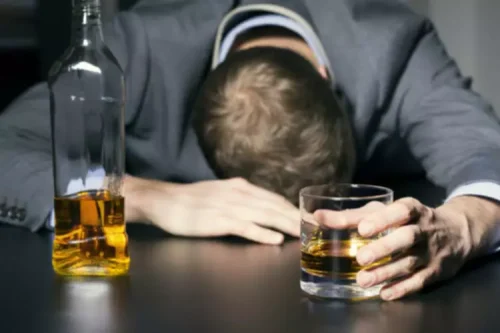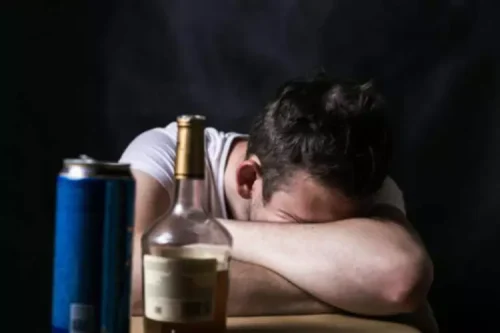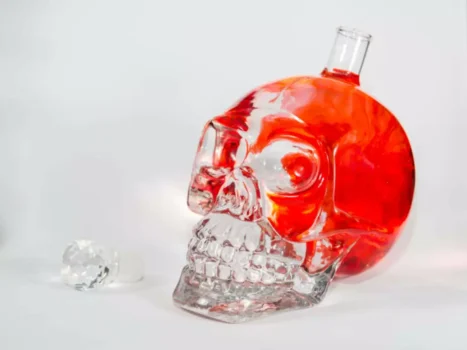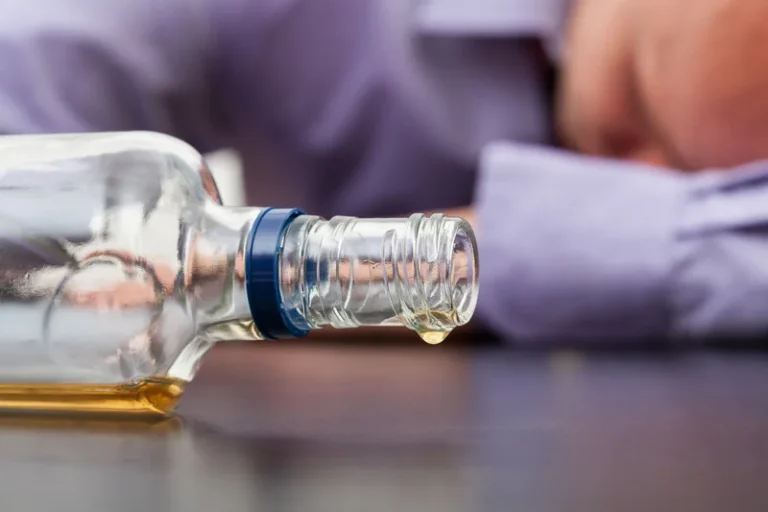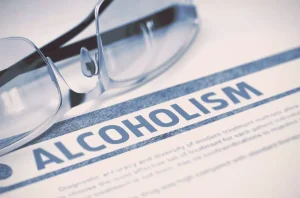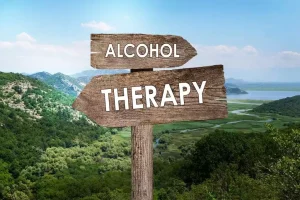The project, Voices of Hope, chronicles the recovery journeys of Valley Hope alumni, while offering hope and healing to loved ones and families seeking help. Voices of Hope leverages the personal stories of those living in recovery to help educate communities about the disease of addiction, effective treatment and the power of recovery. Mike’s addiction to cocaine and alcohol began in college and escalated over the years. His wake-up call came when he lost his job and was estranged from his family.
Dirty Dozen Dark Triad Test, How Dark Is Your Personality?
Getting sober is when someone stops using an intoxicating substance. It can include a medically supervised detox, various forms of treatment including therapy and 12-step programs, and calling upon family, friends, and professionals for additional support. Early sobriety may come with feelings of fatigue and the stress of dealing with challenges (people, places, and things that stimulate the urge to use). It’s impossible to know how you’ll react and how your life will change when getting and staying sober. Getting sober may seem difficult, but there are strategies you can use to get and maintain sobriety.
What Will Matter in Your Recovery
One of the most significant challenges I faced was dealing with alcohol cravings. Cravings are a normal https://ecosoberhouse.com/ part of the journey to sobriety, and I learned to accept them and manage them effectively. The journey to sobriety was not without its challenges. From managing alcohol cravings to handling social situations where alcohol was present, there were several obstacles I had to overcome.
How to Spend Halloween 2023 in Recovery: A Conversation with Amy Rogers
I got sober two months after my mom died very suddenly. I’ve dealt with a lot of grief in my sobriety but I haven’t picked up a drink, and I think it’s because for some weird reason it feels better walking through it and feeling everything. And thank god I have this foundation and structure that’s keeping me afloat. I never really felt like I had a choice in social situations or the people I was around. I couldn’t really sort through who I actually wanted to be around because I felt sober success stories like I was just along for the ride and I wasn’t really in charge. When you’re an alcoholic and you’re not sober, you feel trapped.
Trips with family, laughter shared with loved ones – these were the simple joys Mike savored with a newfound appreciation. Design for Recovery offers the skills and support for lifelong sobriety. Throughout the years, Tyra Banks has utilized her platform to share her choices, focusing on empowering women and promoting a healthy self-image. Her journey is a testament to the enduring power of informed life decisions and the importance of staying true to oneself.
Addiction Treatment Can Be Life-Changing
And the more that I honor the value that I’m bringing to people’s lives, the easier it is for me to stop making bad decisions. It’s been very centering and very sobering — that’s the best word I can use. I paint this picture where I got sober and then my life was great. I did get sober and my life did get better because it was so low and dark. What it looks like for me is that I now have tools to be a normal, decent human being, which I wasn’t before.
- I learned how to deal with difficult emotions in therapy as a part of my journey and found healthier ways to express them.
- In college, she began experimenting with crack cocaine.
- Part of the program is recognizing that and letting it go.
- Caring less about yourself and caring more about helping others.
- If you are concerned about substance abuse issues, the Substance Abuse and Mental Health Services Administration (SAMHSA) has information on treatment and help available.
And I didn’t stop drinking to act the same way I was when I was drinking. I am coming out to family members and really re-creating myself in the fullest extent possible. When a person transitions, it’s like rebirthing a human.
Embracing Spirituality in Recovery
It’s one thing to recognize a need for getting sober; it’s entirely another to actually do it. I came to my Day One following a devastating blackout that finally got my attention. In order to benefit from a program I have to believe in its precepts. I walked into my first AA meeting with an open mind and great hope only to quickly discover that the group was too far removed from my core beliefs to be of benefit. I sat down to a Central European breakfast of buttered bread and sliced peppers with my partner, hung over and wondering how I acted during my latest blackout.
But though my parents both drank, they weren’t alcoholics and I only started drinking during senior year in high school as a way to socialize. In college, and throughout my 20s, I only ever consumed two or three drinks at a time; I could take it or leave it. I didn’t consider my drinking to be problematic, although I suspect a doctor may tell you differently. By the time I was 34 years old, I was getting up every day and drinking alcohol. I knew where I could buy the cheapest hard liquor with the highest percentage of alcohol and no matter where I went, I usually had a mini bottle or two of liquor in my pocket.
Stories of Sobriety: Success Stories of the Year
This was important to me because it set the foundation of what to expect from its group holder. Because of the warm welcome I instantly want to be open to the idea of sharing my personal conflicts that I was facing during the week. Saying all that I definitely can see the benefits from its material. Anything that helps one be at peace with himself is a good group to be a part of, especially in a hostile environment as jail could be without the proper means to a degree. LifeRing meetings have helped me express how my struggle with addiction has affected me.

